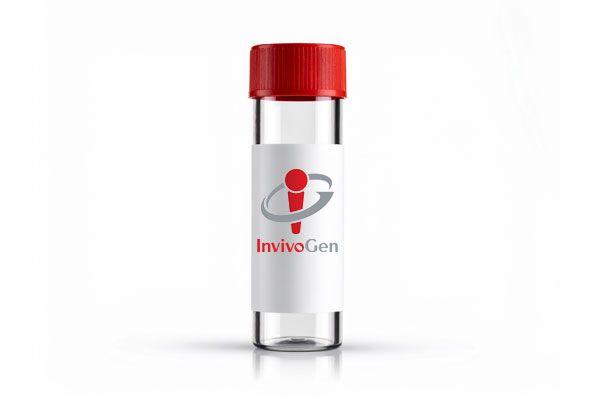Potent TLR4 agonists and antagonists for sepsis and vaccination studies
InvivoGen provides an array of TLR4 ligands - extracted from a variety of bacteria or synthetic - that are both agonists or antagonists of TLR4. All TLR4 ligands have been thoroughly tested using proprietary human or mouse TLR4-expressing cell lines. They may be available in a standard or ultrapure grade (free of contaminating lipoproteins).
Toll-like receptor 4 (TLR4) primarily recognizes and is activated by a core component of the outer membrane of Gram-negative bacteria, lipopolysaccharide (LPS). TLR4 requires interaction with a number of co-receptors including LPS-binding protein (LBP), CD14 and, myeloid differentiation protein 2 (MD-2) to bind to LPS and induce a signaling cascade. Ultimately, this leads to the activation of NF-κB and the production of pro-inflammatory cytokines.
LPS consists of a polysaccharide region that is anchored in the outer bacterial membrane by a specific carbohydrate-lipid moiety termed lipid A (also known as endotoxin). It is the lipid A region that is responsible for the immunostimulatory activity of LPS.
Variation in lipid A, specifically the number of fatty acyl chains, among diverse bacterial species causes a vast difference in the biological activity of LPS.
There are two major variations of lipid A:
- Hexa-acylated (6 fatty acid chains): a highly active agonist of TLR4 and is found commonly on pathogenic bacteria such as Escherichia coli and Salmonella spp.
- Under-acylated (4-5 fatty acid chains): induces a significantly lower host response and can be an antagonist of TLR4, by inhibiting, in a dose-dependent manner, the strong endotoxic response triggered by hexa-acylated LPS.




